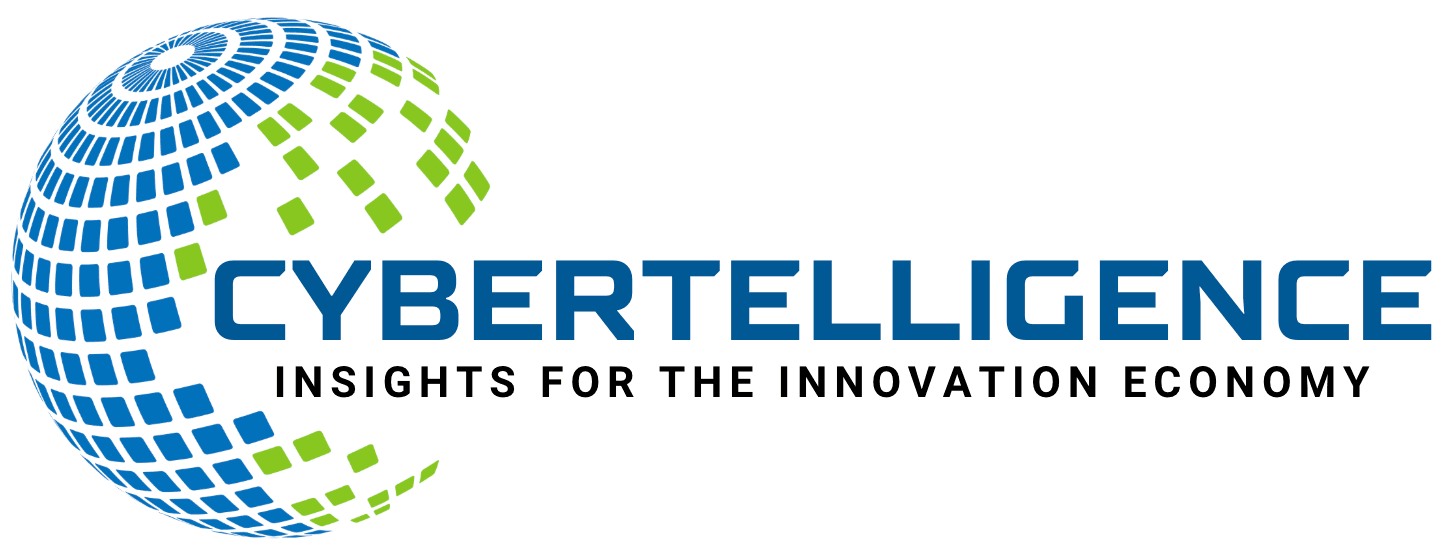When you hear the term “altcoins,” it refers to any cryptocurrency that is not Bitcoin. The name itself is derived from “alternative coins,” highlighting their role as alternatives to the original cryptocurrency. Altcoins encompass a wide range of digital currencies, each with its unique features, purposes, and underlying technologies.
While Bitcoin was the first cryptocurrency, launched in 2009, altcoins began to emerge shortly after, aiming to improve upon or offer different functionalities compared to Bitcoin. You might find that altcoins serve various purposes beyond just being a medium of exchange. Some are designed for specific applications, such as smart contracts or decentralized finance (DeFi), while others focus on privacy or scalability.
The diversity among altcoins is vast, with thousands of them available in the market today. This variety allows you to explore different investment opportunities and technological innovations within the cryptocurrency space.
Key Takeaways
- Altcoins are alternative cryptocurrencies to Bitcoin, with over 5,000 different types available in the market.
- Altcoins were first introduced in 2011, with the creation of Namecoin, and have since evolved to include a wide range of options.
- Altcoins differ from Bitcoin in terms of their underlying technology, transaction speed, and mining algorithms.
- Popular altcoins in the market include Ethereum, Ripple, Litecoin, and Cardano, each with its own unique features and use cases.
- When investing in altcoins, it’s important to research the project, diversify your portfolio, and consider long-term potential rather than short-term gains.
The History of Altcoins
The history of altcoins dates back to the early days of Bitcoin. After Bitcoin’s launch in 2009, developers began to recognize the potential for creating alternative cryptocurrencies that could address some of Bitcoin’s limitations. The first notable altcoin was Litecoin, introduced in 2011 by Charlie Lee.
Litecoin aimed to provide faster transaction times and a different hashing algorithm, making it a popular choice among early adopters. As time progressed, more altcoins emerged, each attempting to carve out its niche in the cryptocurrency ecosystem. Ethereum, launched in 2015, revolutionized the space by introducing smart contracts, enabling developers to create decentralized applications (dApps) on its blockchain.
This innovation sparked a wave of new altcoins that leveraged Ethereum’s technology, leading to the rise of Initial Coin Offerings (ICOs) as a fundraising method for new projects. The rapid growth of altcoins has since transformed the cryptocurrency landscape, making it a dynamic and ever-evolving market.
How Altcoins Differ from Bitcoin

While Bitcoin is often viewed as digital gold and a store of value, altcoins can differ significantly in their objectives and functionalities. One of the primary distinctions lies in their underlying technology. For instance, many altcoins utilize different consensus mechanisms than Bitcoin’s proof-of-work model.
Some employ proof-of-stake or delegated proof-of-stake systems, which can offer advantages in terms of energy efficiency and transaction speed. Additionally, altcoins often target specific use cases that Bitcoin does not address. For example, Ripple (XRP) focuses on facilitating cross-border payments for financial institutions, while Chainlink aims to connect smart contracts with real-world data.
This specialization allows altcoins to cater to various sectors and industries, providing solutions that Bitcoin alone may not be able to offer. As you explore the world of altcoins, you’ll discover a rich tapestry of projects designed to solve unique problems and enhance the overall functionality of blockchain technology.
Popular Altcoins in the Market
| Altcoin | Market Cap (in billions) | 24h Trading Volume (in billions) | Price (in USD) |
|---|---|---|---|
| Bitcoin (BTC) | 1.2 | 0.8 | 45000 |
| Ethereum (ETH) | 0.5 | 0.3 | 3000 |
| Ripple (XRP) | 0.3 | 0.2 | 1.5 |
| Litecoin (LTC) | 0.2 | 0.1 | 150 |
As you delve into the world of altcoins, you’ll encounter several that have gained significant traction and popularity among investors and users alike. Ethereum remains one of the most prominent altcoins, thanks to its robust ecosystem of dApps and smart contracts. Its ability to facilitate decentralized finance (DeFi) applications has made it a cornerstone of the cryptocurrency market.
Other notable altcoins include Binance Coin (BNB), which powers the Binance exchange and offers various utilities within its ecosystem, and Cardano (ADA), known for its focus on sustainability and scalability through its unique proof-of-stake consensus mechanism. Additionally, Solana has gained attention for its high throughput and low transaction costs, making it an attractive option for developers looking to build scalable applications. Each of these altcoins brings something unique to the table, allowing you to diversify your investment portfolio while exploring innovative technologies.
Investing in Altcoins: Tips and Strategies
Investing in altcoins can be both exciting and challenging due to the volatility and rapid changes in the market. To navigate this landscape effectively, it’s essential to adopt a strategic approach. First and foremost, conducting thorough research is crucial.
Understanding the fundamentals of each altcoin, including its use case, team, and market potential, will help you make informed decisions. Diversification is another key strategy when investing in altcoins. Instead of putting all your funds into a single coin, consider spreading your investments across multiple projects.
This approach can mitigate risks associated with individual coins while allowing you to capitalize on various opportunities within the market. Additionally, keeping an eye on market trends and news can provide valuable insights into potential price movements and developments that may impact your investments.
The Risks and Benefits of Altcoin Trading

While trading altcoins can offer substantial rewards, it also comes with inherent risks that you should be aware of before diving in. One significant risk is the volatility associated with many altcoins. Prices can fluctuate dramatically within short periods, leading to potential losses if you’re not prepared for such swings.
It’s essential to have a clear exit strategy and risk management plan in place to protect your investments. On the flip side, the benefits of trading altcoins can be substantial as well. Many investors have experienced significant gains by identifying promising projects early on or capitalizing on market trends.
By staying informed and adopting a disciplined approach, you can navigate the risks while reaping the rewards that come with altcoin trading.
Altcoin Wallets and Security
When it comes to storing your altcoins securely, choosing the right wallet is paramount. There are several types of wallets available, each offering different levels of security and convenience. Hardware wallets are often considered the safest option for long-term storage since they keep your private keys offline, away from potential hacks or malware attacks.
If you’re planning to hold your altcoins for an extended period, investing in a hardware wallet may be wise. On the other hand, software wallets provide more accessibility for frequent trading or transactions but may come with increased risks if not properly secured. It’s essential to enable two-factor authentication (2FA) and use strong passwords when using online wallets or exchanges.
Regardless of the wallet type you choose, always prioritize security measures to protect your investments from potential threats.
Altcoin Mining: How it Works
Mining is a process used by some altcoins to validate transactions and secure their networks. While Bitcoin mining relies on proof-of-work consensus mechanisms that require significant computational power and energy consumption, many altcoins have adopted alternative methods that can be more environmentally friendly or efficient. For instance, proof-of-stake mining allows users to validate transactions based on the number of coins they hold rather than computational power.
This method encourages users to hold onto their coins while participating in network security. As you explore different altcoins, you’ll find various mining mechanisms that cater to different preferences and priorities within the cryptocurrency community.
The Future of Altcoins
The future of altcoins appears promising as blockchain technology continues to evolve and gain mainstream acceptance. With increasing interest from institutional investors and advancements in technology, many believe that altcoins will play a crucial role in shaping the future of finance and digital assets. As more projects emerge with innovative solutions addressing real-world problems, you can expect continued growth in this sector.
Moreover, regulatory developments will likely influence the trajectory of altcoins moving forward. As governments around the world establish clearer guidelines for cryptocurrencies, it may pave the way for greater adoption and legitimacy within traditional financial systems. Staying informed about these trends will be essential as you navigate the ever-changing landscape of altcoin investments.
Altcoins and Blockchain Technology
Altcoins are intrinsically linked to blockchain technology, which serves as their foundation. Each altcoin operates on its blockchain or utilizes an existing one like Ethereum or Binance Smart Chain. This decentralized ledger technology enables secure transactions without intermediaries while providing transparency and immutability.
The versatility of blockchain technology allows for various applications beyond cryptocurrencies themselves. From supply chain management to healthcare data sharing, many industries are exploring how blockchain can enhance efficiency and security. As you engage with altcoins, you’ll likely encounter projects that leverage blockchain technology in innovative ways, further expanding its potential impact across different sectors.
Regulations and Legal Considerations for Altcoins
As you navigate the world of altcoins, understanding regulations and legal considerations is crucial for protecting your investments and ensuring compliance with local laws. Different countries have varying approaches to cryptocurrency regulation; some embrace it while others impose strict restrictions or outright bans. Staying informed about regulatory developments in your jurisdiction will help you make informed decisions regarding your investments and trading activities.
Additionally, being aware of tax implications related to cryptocurrency transactions is essential for maintaining compliance with tax authorities. As regulations continue to evolve globally, keeping abreast of these changes will be vital for anyone involved in the altcoin market. In conclusion, exploring the world of altcoins offers a wealth of opportunities for investors willing to navigate its complexities.
By understanding what altcoins are, their history, differences from Bitcoin, popular options in the market, investment strategies, risks involved, security measures, mining processes, future prospects, technological implications, and regulatory considerations, you can position yourself for success in this dynamic landscape. Whether you’re a seasoned investor or just starting your journey into cryptocurrencies, knowledge is your most valuable asset as you venture into the realm of altcoins.
In the ever-evolving world of cryptocurrencies, altcoins continue to capture the interest of investors and tech enthusiasts alike. As these digital currencies gain traction, the need for innovative marketing strategies becomes paramount.

